
Installation of Gemma Gore’s stretcher/runner (cube) 2013 (featuring Lee Welch) Pallas Projects Dublin
A random documentary photograph—taken on the huff not the tripod. An image I saw before, an image that I stopped to untangle before, as if, as the caption & artwork title underneath the image declares, At the time, I didn’t see it so clearly. At first it was an exercise in identification; most of the artists in the image I knew by face (by image) but not in person (by body). Taken in December 2013 on the occasion of Lee Welch's performance for the third edition of Periodical Review, 7 of 8 bodies are interlinked by a performance prop. The performer, Lee Welch, literally stands 'Stage Left'—the theatre expression that describes the performer's position on the left side of a stage facing (us) the audience. Welch is separated by the moving maul of bodies in body & spirit. The faceless couple in the foreground fall into the picture frame & form an entangled blot that creates a chain of half smiles as the maul moves in unison towards an unstable & uncertain destination. Giddiness pervades. Welch, Stage Left, is not giddy. He hides under an anxious elbow. He finger combs a script & his signature coiff. He runs in his head, the bodiless performer; they run on tenterhooks, the headless crowd. The slope of half-smiles slip-sliding away creates an asymmetry that chops the image diagonally in half. The crowded loneliness hurts. Remember! a performance is about to begin. Giddiness, like the compulsive yawning in a waiting room, is a symptom of what it is not. Welch's dramatic gesture is performative; the maul's giddy groping for something to hold on to is real. This is not trite togetherness, one-by-one they are yawning in the waiting room. Welch's elbow is an inverted yawn swallowing him up & sucking the air out of the room. Giddy. What power the performer has—even before the performance begins—to transcend the body while making everyone feel too close to theirs.
“Life has always seemed to me like a plant that lives on its rhizome. Its true life is invisible, hidden in the rhizome. The part that appears above the ground lasts only a single summer. Then it withers away–an ephemeral apparition. When we think of the unending growth and decay of life and civilizations, we cannot escape the impression of absolute nullity. Yet I have never lost the sense of something that lives and endures beneath the eternal flux. What we see is blossom, which passes. The rhizome remains.”
Carl Jung, Memoirs, Dreams, Reflections (1965)
“When you will have made him a body without organs, then you will have delivered him from all his automatic reactions
and restored him to his true freedom.”
From Antonin Artaud's radio play To Have Done with the Judgment of God (1947)
THIS TEXT is to be read as a pre-text to an exhibition to come, Periodical Review “X”. Assuming the reader does not know what Periodical Review is as it approaches its 10th edition at the artist-run Pallas Projects Dublin, this writer will redescribe what it was as it transforms into a virtual ghost of it previous self in the midst of the pandemic, as Pallas' co-directors, Gavin Murphy and Mark Cullen, host it online (with the promise of a “selection of works in the gallery”) like so many other cultural institutions have and will continue to do during this pandemic. From an insider's perspective of someone invited to co-curate Periodical Review in 2018, the directors have proposed that I discuss “the philosophical and structural premise of the project, its discursive aims, and magazine-like approach”, including “the meaning that it generates in the context of contemporary art in Ireland, coming out of artist-run practice”. All this context and legacy, which indeed this “X” exhibition celebrates and will ultimately fail to realise in reality as it goes virtual, selective and soft, juxtaposes a one-track and on-track history that has been derailed in the present by the pandemic. With the past firmly on one's mind, this writer will discuss Periodical Review in light of the past as we find ourselves under the shadow of the present. All efforts will be made to temper nostalgia and idealisation, even though this will be difficult considering where we stand, socially isolated and distant from one another in relation to culture, with the pretence ‘The show must go on!’ on the tip of our tongues, an idiom that is hard to swallow. That all said, without this present moment to juxtapose the legacy of Periodical Review against, I can only speculate that this text and the other literature commissioned for this online edition would not have happened. And if essays were commissioned they would have been an exercise in waxing lyrical on the legacy and future of Periodical Review, what has become an annual bookmark—in a book usually without words—heralding the year just gone and the one to come in the visual arts in Ireland. What this big interruption does, in effect, and Periodical Review X proffers this writer, is the opportunity to reflect on what Periodical Review has been, and what it cannot be in the virtual edition.
So what is Periodical Review? From the standpoint of the ignorant observer, Periodical Review could be seen, positioned as it is at the turn of the year, as a ‘best of’ exhibition, summing up the best of the year just gone in the visual arts in Ireland. Periodical Review's selection structure plays into this reading, whereby two people, called “agents”, who have a certain visibility in the local art scene, are invited alongside the two directors, Gavin Murphy and Mark Cullen, to form a panel who go their separate ways in the personal selection of artworks that have assaulted their senses and minds over the course of the past year. The panel then come back together to shortlist those artworks. This shortlist—always ‘too much’ in terms of the modest scale of Pallas Projects—collides in the gallery space with the organism of the artist community on the opening night, the opening being a significant drive behind the motivation and meaning behind Periodical Review. Looking deeper into Periodical Review's selection structure as a previous selector, the ‘best of’ label doesn't quite fit. During the selection process I learnt that the selection of artists could only be based on instinct rather than the trajectory or traction of the artist in terms of institutional visibility. Further, my first question to the directors regarding recent art graduates being eligible for selection was absolutely welcomed. With no thematic or context to shape my personal selection, the internal argument that played out in my head for months as I distilled so many good art experiences into just five best experiences was impossible to rationalise, so I went with my gut. What do I mean by “gut”? Well, that's the thing about gut instinct, it is the reserve of the irrational when the intellect fails to register a logical or rational judgement or decision. Perhaps the gut instinct is, in Susan Sontag's sensory maxim, “Against Interpretation”. The artworks I selected were artworks not artists, detached from the personal, peer or reputation function; artworks that inspired intellectual uncertainty and liberated one from a legitimate textual thread. The editorial limitations of Periodical Review forced me to shed the economy of visibility that determines the career of an artist, and focus in on the experience, the moment when I entered the space of the artwork, before the artwork becomes familiar, becomes intellectually manageable, that moment when the body rather than words fill the gap between the sensory and the artwork, the subjective moment when the artwork governs you before you govern it in the catatonic or cathartic aftereffects of being freed from its thraldom.
From the experience of co-curating the 2018 edition I never felt as relaxed as I did those cold December days hanging the artworks in the gallery. There was too much work; too much big work. We joked at the excess as we were forced into the rafters of the space which alleviated the pressure to conform to an exhibition that gives equal attention to the white negative of the gallery walls. There was a moment when the curatorial function became irrelevant. This was the moment I became excited, surprised, liberated from the conventional parameters within and without the gallery. There's something Warholian about this excess—not the Andy Warhol of fashion magazines or the museum, but the Andy Warhol of the Factory. After being rejected by Robert Rauschenberg and Jasper Johns for personal and professional reasons, Andy Warhol created his most lively artwork, the Factory. Positioned on the periphery, geographically and symbolically, Warhol created—in Dave Hickey's words—“a new centre”. The Factory was both a factory in a utilitarian sense where the frenetic conveyor belt of Warhol editions were produced, but it was also a public studio where the outside world came flooding in with ideas and gestures that fuelled the Factory. Warhol, the empty receptacle, the body without organs or skin, became the Factory. Looking all around me in Pallas Studios in 2018, with little room to rest the eyes or the feet as I steered and stepped around floor-bound artworks, I thought of Warhol and his Factory, especially when visitors began to pile in on the opening night at what is felt today as an uncomfortable distance. This is what I call the body aesthetic, where the lively body of the viewer merges with the image, and distance gives way to the rapture of experience.
One thing we have learnt over the last eight months is that the disparity is immense between the virtual and the real in terms of experiencing culture with the physical and sensory body. This is especially true in relation to Periodical Review, a physical exhibition that, when it lived up to its living potential, which it has not always done, crowded Pallas Projects with artworks and people on the opening night. Periodical Review has always been (to my mind as a viewer & doer) an exhibition that is not an exhibition in the curated sense. The best Periodical Review exhibitions have been accrued rather than curated into this body aesthetic. In those instances it transforms into an exhibition that is not policed by the white walls of the institution and so is less territorial and more communitarian. It is an exhibition that depends on things and bodies rather than words to fill it. Words however have always undergirded this project, with its premise and promise of discourse or discursivity declared in the annually stable press release that has accompanied Periodical Review from the start. The now familiar epigraph that headlines the project—partly by Michel Foucault from The Archaeology of Knowledge 1969—is significant. To repeat for those that skimmed over during the last decade: ‘An artwork is like a book, not made up of individual words on a page—each of which with a meaning—but instead “caught up in a system of references to other books, other texts, other sentences”.’ Invoking Michel Foucault, one writer from the French philosophical avant-garde of the 1960s, an environment that was fully textual, or “textural” in Derrida's terminology, is something I will treat with caution for the sake of criticality. Indeed, discursivity is here, as the directors write: “Not a group exhibition per se, Periodical Review is a discursive action, with the gallery as a magazine-like layout of images that speak (the field talking to itself).”
This exhibition that talks to itself, a Tower of Babel in a manner of speaking, packed to the rafters with mouths not pens, is not the discursivity of the written word, but of the voice, the talking heads of the opening night that talk alongside the artworks in a carnival of voices, one speaking for the other in the Bakhtinian chorus of heteroglossia, the multiple voices of the social sphere, a space that does not have room for the individual, or the other by itself, but others, in a shared ventriloquism, a shared body. That's why I feel I can write now on an exhibition that I couldn't write on before. As a critic, Periodical Review never proffered words. There were no words to be had, as if the artworks, the excess of collective voices was too much, too garbled. That gap between the eye and the artworks was obscured by the excess. The viewer, finding that the exhibition has no beginning or end, stumbled in by way of the middle with too little room to perspective take or reflect on the excess as one was bullied out of space. To write on Periodical Review, as some have tried, ends in tautology. And those editions of Periodical Review that have pared back the excess, and perhaps were better ‘exhibitions’ in the curated rather than accrued sense, transformed a monster into convention, which missed the point of what this thing, this monster is, a rhizomatic entity wherein artworks tumble over each other like rats in the attic, like burrows in the ground, like bodies on the opening night. Too much is not nearly enough.
The analogy of the “magazine” to metaphorically capture the aesthetic of Periodical Review is curious and catchy, one that, etymologically speaking, signifies a storehouse of signifiers, from a periodical publication for a particular readership, or an insert in a newspaper, something like the fashion (think Warhol) or lifestyle section that glosses over the absorbent matter of the serious news. What do Murphy and Cullen mean by “magazine-like layout of images”? For me it transposes a design ethic onto Periodical Review. This simplifies the idea of the magazine into something that is solely structural. The magazine represents more than a storehouse of images; the magazine inspires kinship and feeling around a particular subject or activity. The magazine is a subculture within a subculture that documents to instil action not archive. It is a history in motion, fugitive and gasping for breath as it runs parallel to the subject or activity it documents. The magazine, like Periodical Review, becomes a dead history, a dusty archive, if the subject or activity it documents ceases breathing. The magazine is the torn music posters Blu-Tac'd to the bedroom wall where music plays or is being played; the magazine is not valuable in and of itself, but what it produces parallel and beyond itself. At its best Periodical Review is a maximalist exhibition that fills the room like the all-over paintings by American artists of the 1950s—alive like the algae on a pond that populates the surface from bank to bank, breathing and fizzing with insects and, down below in the water, the unseen and lively depths where the pulse of life ripples under the surface like a skin.
This year's Periodical Review, denoted by an “X”—the “X” in ‘Malcolm X’ in Slavoj Žižek terminology is an X that strikes-through the “roots” of identity to start again and broaden rather than resurrect as difference—registers as something different than its simple numerical signification in the midst of the pandemic, something that is redefining everything in its path, especially physical and social relationships with the artwork. The internet is sometimes lazily discussed as rhizomatic and not, in the appropriated terminology of Gilles Deleuze and Félix Guattari, tree-like. This was an ideal on the part of the internet’s inventors until governments and corporations utilised the internet's tree-like hierarchical structure in the arena of politics, power and the police. “X” in the midst of the pandemic and the virtual Periodical Review is a substitute for the unnameable, a strike-through, a violent attack on what was once named Periodical Review, and what will be named again in its proper manifestation as a physical body rather than a virtual one. The aesthetic acknowledges itself, talks to itself, in the absence of the body. Here's to a future where and when the body and aesthetic collide once again in the arena of the artist-run, a time when we are not forced to play at such a distance where the acknowledgement of that collision is less real ♦️
- A silkscreened version of this essay will be available in the Spring of 2021 under the new art press “Naked Barefoot Snowbound” by small night zine.

For the past decade James Merrigan has prompted & disseminated polemical & playful art criticism as a writer, editor, teacher & artist. He is a product of the financial crisis of 2008, born out of an absence of out-in-the-open critical, visceral, urgent & personal confrontations with art-making, the artwork, the artist, other art agents & institutions, contexts & desires within an emerging network economy (Instagram being its present manifestation). If critical confrontation is his first motivation, getting lost in the sentence is his desire—he responds to artists' acknowledgements to his reviews with “Thanks for the words” & signs off with “Safe Passage Through the Artworld.” He is attracted to artists who have elements of risk, danger & dumb in their work—artworks that put artists on the line. His 10-year project includes online & printed identities and entities: +billion– journal (2010-17), Fugitive Projects (2011-13), Madder Lake Editions (2016-20), Orphan (2019-20) and Shot in Silk (2020). James was selected for EVA International (2014) as a fugitive art critic, and was guest-editor of the “Sex” and “Death” issues of Visual Artists' News Sheet in 2016. In 2011 he was awarded the inaugural Critical Writing Award by Visual Artists Ireland & The LAB Dublin. Recent curatorial projects include 'Soul–Beating' (2017) and DESTROY ALL HEROES (2018) at Gorey School of Art's Periphery Space. In November 2019 at Pallas Projects Dublin he curated ARRANGEMENTS, the inaugural launch & exhibition of small night zine, which works with artists in the development of silk-screened art & text projects. Current writing projects include an exclusively textual art press Naked, Barefoot, Snowbound; the development of two correspondence art courses at Gorey School of Art & the Royal Hibernian Academy Dublin. His current reading habits include the pragmatism of Richard Rorty, the French philosophical avant-garde & psychoanalysis. James tutors at Gorey School of Art & lectures in Psychoanalysis & Art at Trinity College Dublin. iamnotapainter.com
While writing about Irish art, I have always been struck by the extraordinary gaps in what is recorded and how. Tremendous bursts of activity unfold, create ripples, and then as quickly as they came, can fizzle out again. Production within contemporary art more generally is not particularly an issue.There is a tremendous amount of art made, funnelled into ever larger networks of biennial, art fairs and ever expansive commercial gallery circuits. The artists that will never make money continue on too, driven on by a hardy mixture of spite and inspiration. Adequate pay and facilities are certainly an issue, especially in Ireland. But for what does manage to happen, somehow, despite it all, risks falling out of view and into the dark of history. There are few moments of pause, reflection or connection to hold onto things before they disappear. As sentimental as it may sound, we need an infrastructure for thinking and conversation if only to slow us down from the whirl of making, marketing and acquisition.
Beginning in 2011, the Periodical Review is an annual exhibition surveying recent contemporary art in Ireland. Established by Gavin Murphy and Mark Cullen and of Pallas Projects in Dublin, the format has evolved over the years but certain parameters have remained constant: the invitation of other selectors and the artworks having been disseminated within that year on the island; resulting in an exhibition with an accompanying booklet featuring writing contextualising the choices. Every exhibition takes on an almost impossible task — there is simply too much that has happened, too spread out across the country, for the selection process to offer a totalising, rounded or even ‘fair’ (whatever that could mean in this context) perspective. But this was never a project that promised to be definitive or complete.
Periodical Review reconsiders the gallery space as something more akin to a magazine. Pallas Projects have reflected this ambition since the beginning, describing it, since the beginning, as “not a group exhibition per se” but as an “editorial review with a critical and discursive position”. The exhibition title, too, echoes this publishing endeavour, suggesting something occurring at regular intervals. Explaining how the process works, Gavin Murphy stated: “We have an initial meeting with selectors early in the year to discuss the parameters and structure, and again around September for the editorial meeting. Generally, each selector suggests approximately seven possible artists who are discussed and decided upon. Often there are instances where an artist is proposed by more than one selector.”
In terms of the rationale for what gets selected as well as the motivations and limitations surrounding an end-of-year review, Murphy added: “the space provided [in magazines for end-of-year reviews] is always too brief to allow for anything meaningful; you might get one image per writer, so they always fall short. That fed into the structure of exhibition – multiple selectors choosing a number of artists or projects, writing a short accompanying text, but also showing the actual work. That’s partly why it’s described as ‘not a group exhibition per se’. Selectors talk about works as much as showing them, with the works intended to act as ‘texts’ as much as artworks. In that sense, documentation or publications have been included alongside artworks in the exhibition, as opposed to being auxiliary elements.”
The evolution of the Periodical Review can be charted in neat stages, with each iteration marking points of repetition and departure. This history is as spatial as it is conceptual. Its origin story is tied, at least partially, with Pallas Projects' own trajectory. The booklet for #1 describes how the exhibition coincides with their new gallery space, the refinement of their name and identity, and signals a clarification of their “dual role as a programming and resource organisation.” Both PR#1 and PR#2 took place solely in the Pallas gallery space, with an additional offsite project developed at John Fallon’s bar for PR#3.
In the accompanying booklet for each exhibition, the selectors offer a short text in response to each artwork. Sometimes they’ll explain why it was chosen, other times they write about what the work means and its wider context, and, occasionally, a relevant funder gets a shout out. Together, it’s a web of how art is generally framed and discussed, from the personal to the bureaucratic and the academic. The discussions of the artwork as featured in the accompanying booklet for #1 set-up what was to follow — a certain tone and perspective marked by a kind of expansive attitude. Writing about the work of David Beattie, Murphy writes about the “quiet elegance to the rough hewn materials” of the works from “concrete, paper, guts of radios, walkmans, and rudimentary sheets of metal [that] perform simple interlocutory call-and-responses.” He, like many others, references previous exhibitions of the artists’ – creating its own informal map of the art scene.
Typically, there is one paragraph per artist or project. The demarcation between each entry is signaled through a subtle underline of their name —or bolding in some of the later booklets — allowing the description of the artworks, the references to other spaces and activities, and reflections layer upon one another. Variations in writing style frame the artworks differently. Cullen switches between points of personal reflection (“I first encountered…”), a behind the scenes look at how the show came together (“...we discussed whether…”) and speculation with literary flair (“One can almost hear the engines hum out of this impossibly large floating city”). Ruth Carroll, a curator at the RHA, then and still, offers a more informational institutional tone, describing the artist’s practice and story of the artwork with a certain neutral objectivity. The artist Carl Giffney, on the other hand, begins with his own perspective on trends within the Irish art scene (“...the final declines of many traditional forms of social capital…”) which sets up a list of peers who reflect this tendency.
For PR#4, the exhibition expanded beyond Dublin, beginning in Pallas before being reshaped for a second iteration in Ormston House in Limerick. This second edition drew a substantive link with another collaborative, expansive exhibition which took place in Limerick. Throughout July 2014, Basic Space Dublin took up residence at the historic Sailors’ Home building inviting 24 artists to contribute to the unfolding and expanding Stone Soup, and Marie Farrington revisited her site-specific installation of locally sourced limestone scattered throughout the space in Ormston House. For PR#5 towards the end of 2015, the exhibition continued the expansion, this time across multiple spaces, occupying both Pallas and the NCAD Gallery. (The funding behind the project shares a similarly varied history, receiving support from the Arts Council and Dublin City Council, as well as self-funding, crowdfunding and hosting an auction with proceeds from artwork sales helping to support both Pallas and the artists involved.)
It was during the sixth edition in 2016 that Periodical Review took on a larger reflection. Coinciding with the twentieth anniversary of Pallas Studios, the PR#6 survey extended well beyond the usual 12 months to encompass the previous 20 years. Cullen and Murphy stepped back from the selection process. Instead, Brian Duggan, Sarah Glennie, Jenny Haughton and Declan Long took the lead. Murphy elaborated: “In that instance we decided that our input would be to invite four selectors who we thought had made important contributions within different areas of the Irish visual arts over the previous 20 year-period, concurring with the timespan of Pallas.”
This shift in timescale veered away from the immediacy of the previous exhibitions; instead, drawing attention to what stayed with us over time. There were many artworks which held a claim of importance, which were also counterbalanced by more modest pieces. What stands out too is the quantity of archival works, especially of offsite projects, and indeed entire gallery histories. “Small epochs in themselves”, Murphy reflected to me. In the same year, Pallas launched another major project of critical reexamination. A book described as part manual, history and critique, Artist-Run Europe: Practice/Projects/Spaces addressed the role of artist-led practice within contemporary art, looking at a timely set of recent and long-running projects asking to what extent they offer an alternative to institutions from the museum to the commercial gallery.
Periodical Review is more than the output of the exhibition. The centrality of the accompanying booklet highlights the process of dialogue, consideration and negotiation that takes place behind-the-scenes. And with the involvement of RGKSKSRG, the curatorial duo of Rachel Gilbourne and Kate Strain, in the selection process for PR#7 this came to the fore. Both Murphy and Cullen work as their own kind of duo, and the involvement of another opened up the process in a playful way. This playfulness was reflected by the reconstruction of Tom Watt and Tanad Williams’ platform/structure ‘Forerunner’ (2017). The modular architecture structure, originally commissioned for a previous show at Mermaid County Wicklow Arts Centre, was repurposed for the PP/S space, acting as both a display system and stage for the exhibition. Pallas embodies flexibility as an organisation countering that of an institution which, understandably, has its own set of rigid responsibilities and processes.
As much as the project is described through curatorial moves, decisions and shifts, it exists openly and actively within a political context. PR#8 took place during a pivotal time in the lead up to the historic Repeal the Eighth Amendment referendum, a vote to remove constitutional restrictions on reproductive rights. In the previous year, Pallas also organised the Nasty Woman fundraiser to raise money directly for artist-led efforts on the issue. Artists were very much at the forefront of the wider Repeal campaign. Acting as a curious point of galvanisation and support, this particular exhibition featured artworks directly addressing the debate as well as numerous artists at the heart of the movement.
PR#9 highlighted the project’s ability to showcase not just individual artists or pieces, but also wider projects, past exhibitions, and private collections. Founded with the desire to facilitate numerous viewpoints through its structure, the 2019 iteration, for example, featured aspects of the ambitious conservation project to restore Brian O’Doherty/Patrick Ireland’s seminal mural at the Sirius Arts Centre. It’s a subtle distinction, but an important one: not to champion individual artworks in isolation, but instead to highlight particular practices, approaches and histories.
Periodical Review now encapsulates a decade. Looking back, it is curious to revisit the project’s trajectory and momentum. A certain kind of expansion has unfolded, whether in terms of physical venues, perceived critical reach and reception, or the slowly building legacy. This history lends momentum to the project, while also adding a pressure for new iterations to continue to challenge, prod and question the format. The latest iteration comes during a time which we’re already fatigued by describing. But beyond the present day, now at the ten year mark, this milestone invites a larger reflection on the period, prodding questions about Irish artistic artist practice.
Periodical Review is difficult to separate from the history of Pallas itself. Founded in 1996, Pallas Projects/Studios is like so many other independent artist-led spaces across Ireland – perpetually shaped by ‘crisis’ and perceived gaps in the cultural infrastructure. In Artist-Run Europe, they articulated this balance between activity and support. There were waves of activity in the late 60s, a recognition of the need for greater infrastructure in the 80s, followed by a surge in activity in the 90s and 2000s, by artists who chose to remain in the country, due to improving economic conditions. The exhibition is deeply embedded in the trajectory of artistic practice and in the fluctuating infrastructure of recent decades. Just as independent projects and artist-led activity filled in the infrastructural gaps, this too established something of a rival critical platform, as a counter to other institutional frameworks. By reflecting upon the Irish arts ecosystem, Periodical Review, like Artist-Run Europe, probes the legacy and the archival contributions of Irish art practice. Looking back over previous exhibitions, many of the names will be familiar, as these artists have since developed their practice substantially over the years. The exhibitions where artworks were originally shown, also provide another archive of contemporary Irish practice, bringing numerous galleries, curators and periods into this conversation. Crucially, Murphy explains that the exhibition “was never intended to be a ‘best of’ yearly honour roll, or some kind of resolution of things, but a collaborative dialogue, an active discussion of where things stand now”.
PRX, the tenth in the series, takes this on directly. Instead of a look back on the past year, the selectors have been tasked with evaluating the past 10 years covered by the curatorial project. Arbitrary as the construction of a decade may be, it does – inevitably, if not irresistibly – invite the consideration of some kind of tendency or trend. What defined the last ten years of Irish art? Could we say there are a defining or prevailing set of concerns or strategies?
Looking back, three key moments come to mind. The effects of the 2008 financial crisis extended long beyond the initial crash, producing waves of austerity and resistance against the backdrop of a slow, limping non-recovery. This had direct impacts on the Irish scene as the State grabbed the opportunity to make “difficult choices” in the form of funding cuts and closures, as well as a wider programme of underinvestment and disillusionment. With the volume of part-time and precarious workers in and out of the sector, people struggle with their day jobs that subsidise the culture industry. Some people moved away; others weren’t able to be as ambitious; there were those who gave up and did something else; and many, we can assume, decided to never go to art school in the first place.
Against the grim economic forecast, there were artists who carried on regardless and created their own artworld amid the ruins. Project spaces and temporary studios sprung up in empty buildings. Despite austerity, or perhaps to spite it, communities were formed. Just as this grassroots moment reached its peak, it was met by the so-called ‘decade of centenaries’; a programme of events celebrating significant centenaries occurring over the period 2012–2016, marking key moments of the Irish struggle for independence which led to the modern Republic in 1949. At it’s best, this was national moral reckoning; a broad and inclusive reexamination of the period, its economic and social context as well as shifting cultural norms; an honest attempt to build understanding and dialogue with traditions across the island; highlighting not just historic leaders, but the lived experience of ordinary people; establishing a dialogue with a diversity of communities, those new to the country and those now abroad. At its worst, this was a benign patriotic hangover recast as a tourist marketing campaign by a deeply neoliberal government; a perfect encapsulation of the failure of the state which people fought and died for, or, proof of the limits of its original conservative vision now laid bare.
As the decade was closing, we began to see the rise and fall of Trump, as well as the spectre of instability along the Northern Irish border due to Brexit. The term fake news was popularised, alongside widespread despair at the looming Climate Crisis. Within the Republic, a popular movement swelled around liberalising referenda, legalising gay marriage and repealing the Eighth Amendment — in such quick succession of each other they signaled more than a mere evolution of social values, but an historic break with the Catholic Church’s stamp on the country. But reproductive rights can’t be discussed in isolation, and neither can the grassroots struggle which drove the issue. The financial collapse of 2008 set forth a cascading series of political decisions that radicalised a generation. From healthcare to housing and human rights, these were the shared concerns of a population subjected to brutalising austerity. Ireland’s postcolonial history heightens questions of power and resistance in relation to systems of control. This was the politics that shaped Irish artists. Money, land and resistance; these are the three great themes of the last ten years just as they, arguably, have been for the past 100 years of Irish art.
Chris Hayes is an art writer based between Ireland and London. His writing on art, culture and politics has featured in CIRCA and Art Monthly amongst others.
Acknowledgement
This essay expands upon an original article by Chris Hayes covering the history of Periodical Review up to that point, published in the March/April 2018 issue of the Visual Artists’ Ireland News Sheet.
Pallas Projects
Periodical Review X
2011—2020
20 works × 20 selectors
09/12/20—30/01/21
Published for the exhibition:
Periodical Review X
Pallas Projects/Studios
9th December 2020 – 30th January 2021
Pallas Projects/Studios
115–117 The Coombe
Dublin 8
Ireland D08 A970
Gallery hours
Wednesday–Saturday, 12–6pm (closed 20th Dec–5th Jan)
“The frontiers of a book are never clear-cut: beyond the title, the first lines, and the last full stop, beyond its internal configuration and its autonomous form, it is caught up in a system of references to other books, other texts, other sentences: it is a node within a network.”
– Michel Foucault
Chapter 1, ‘The Unities of Discourse’
The Archaeology of Knowledge, 1969
Periodical Review is not a group exhibition per se, but a discursive action, the gallery proposed as a journal, a magazine-like layout of images that speak, the field talking to itself. This is the exhibition as resource and discourse, in which agents within the field of art making are invited to engage with and subjectively re-situate what were for them significant moments, practices, works, activity, objects: nodes within the network.
Periodical Review X – the tenth in the series – will take place largely here, online, with a selection of work installed 'in real life' in the gallery. For this milestone 10th iteration of our long-running curatorial project Pallas Projects asked 20 selectors from around the country to each choose a work from the last decade that holds a particular resonance with them, alongside a short written reflection on the work and its context. Together these provide a multi-subjective survey of a 10-year period that covers a financial crash, a property bust to boom cycle, epoch-defining social transformation in Ireland in areas of same-sex marriage and abortion rights (and ongoing social ills of the homelessness crisis and Direct Provision), set against a seismic attitudinal shift in our relationship to social media and our personal information, the planetary Climate Crisis, the rise of populism around the globe, and now, a global pandemic that has fundamentally altered almost every aspect of our daily lives.
In addition for this special, and much changed, iteration Periodical Review, we have commissioned a number of essays on the project. The first of these, by James Merrigan and Chris Hayes respectively, will be available alongside the online exhibition, itself a collaboration with our ingenious design partners Other Office. Additionally we hope to bring a number of live, broadcast events during the run of the exhibition, more details of which are to follow.
In the meantime. Stay safe. Support the arts. Enjoy the exhibition.
William McKeown's series of paintings Tomorrow (2011) is currently on display in the exhibition: Ghosts From the Recent Past, West Wing, IMMA, 01/09/2020–01/03/2021
BOOKING REQUIRED, see IMMA website for details
Fiona Reilly: A live performance of Declarations of Time Spent, please check website for updates
Radio Joinery: A panel talk presented by NCAD ACW & Pallas Projects. Monday 18th January, 1pm via Zoom. Register here
Education programme
A dedicated schools programme takes place during the run of the exhibition, covering both primary and secondary level. This year online options will be provided. If your school would like to take part, or for more info, please contact: info@pallasprojects.org
Pallas Projects/Studios (founded 1996) is a not-for-profit artist-run organisation dedicated to the facilitation of artistic production and discourse, via the provision of affordable artists studios in Dublin's city centre, a programme of curated projects, and research. Pallas Projects collaborates with artists, curators and writers to engage and develop Irish contemporary art, through solo and group projects with a focus on emerging and mid-career artists; and exchanges and collaborations with artists’ groups, art organisations and institutions around Ireland and abroad.
PP/S addresses the necessity of providing space for artistic production and exhibition, and foregrounds the role of contemporary art as a constant agent of discourse and social transformation, expressed through a variety of spaces, exchanges, off-site projects, exhibitions, talks, resource programmes, and publications. PP/S also engages in research, advocacy and support that promotes the value of grassroots and artist-run practices, such as the major research and publishing project Artist-Run Europe.
Pallas Projects/Studios is funded by The Arts Council
Periodical Review is kindly supported by Dublin City Council


 Fig.
Fig.
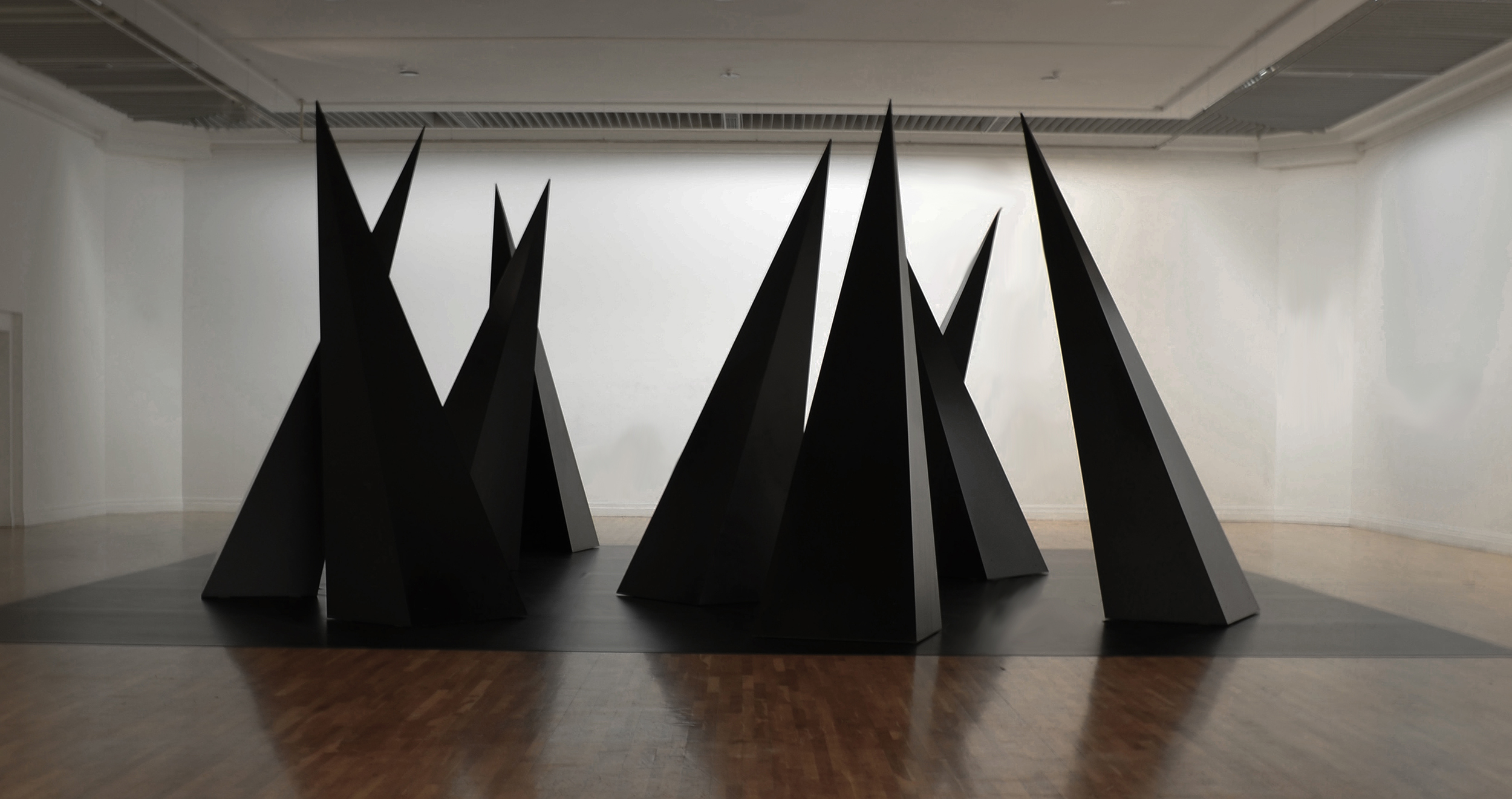 Fig.
Fig.
 Fig.
Fig.
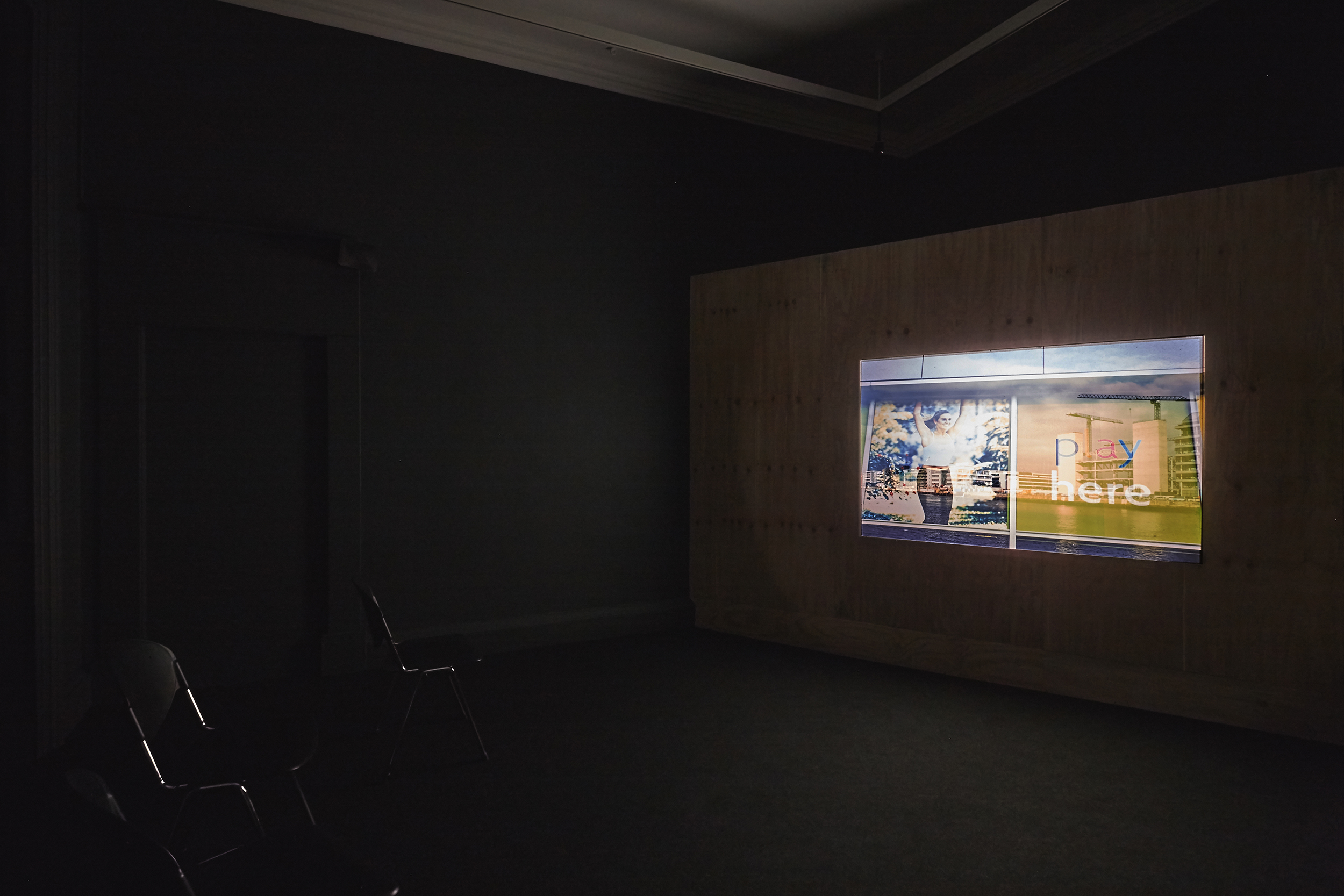 Fig.
Fig.
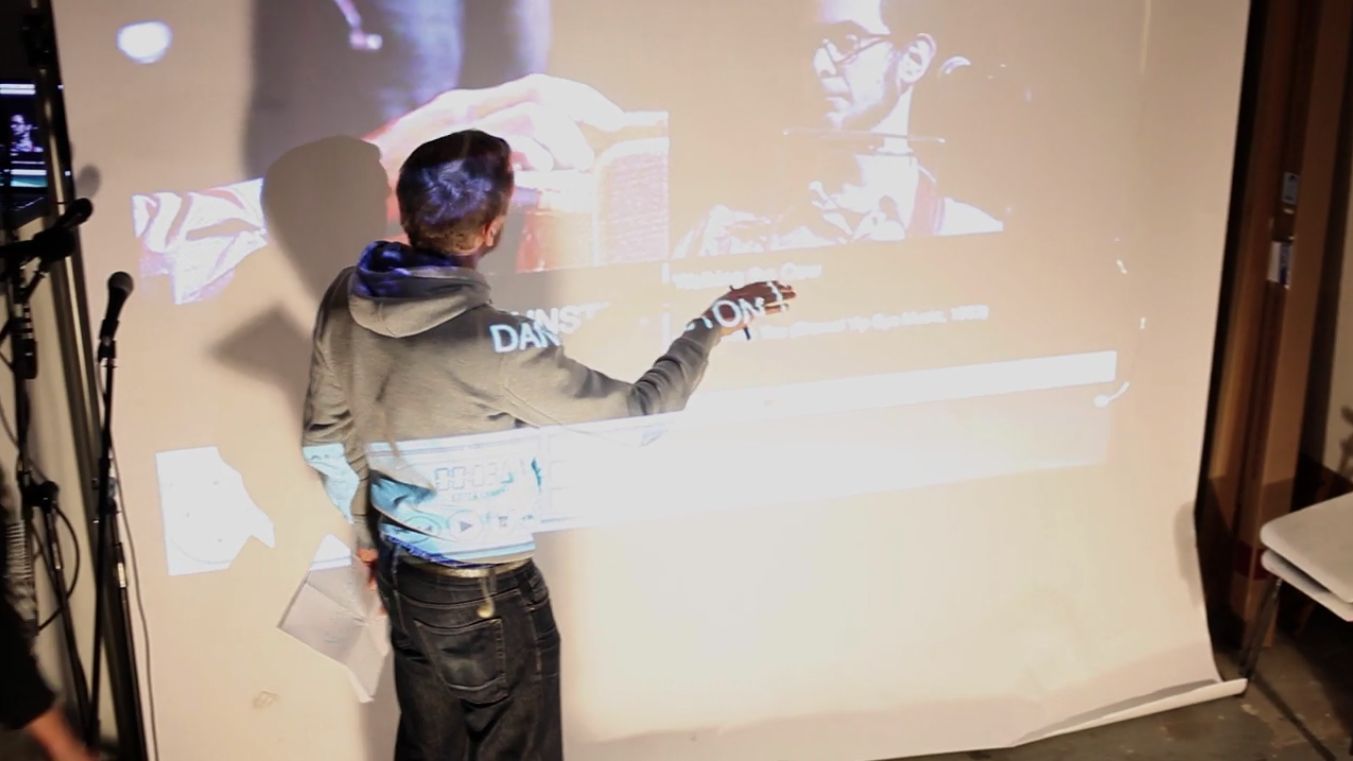 Fig.
Fig.
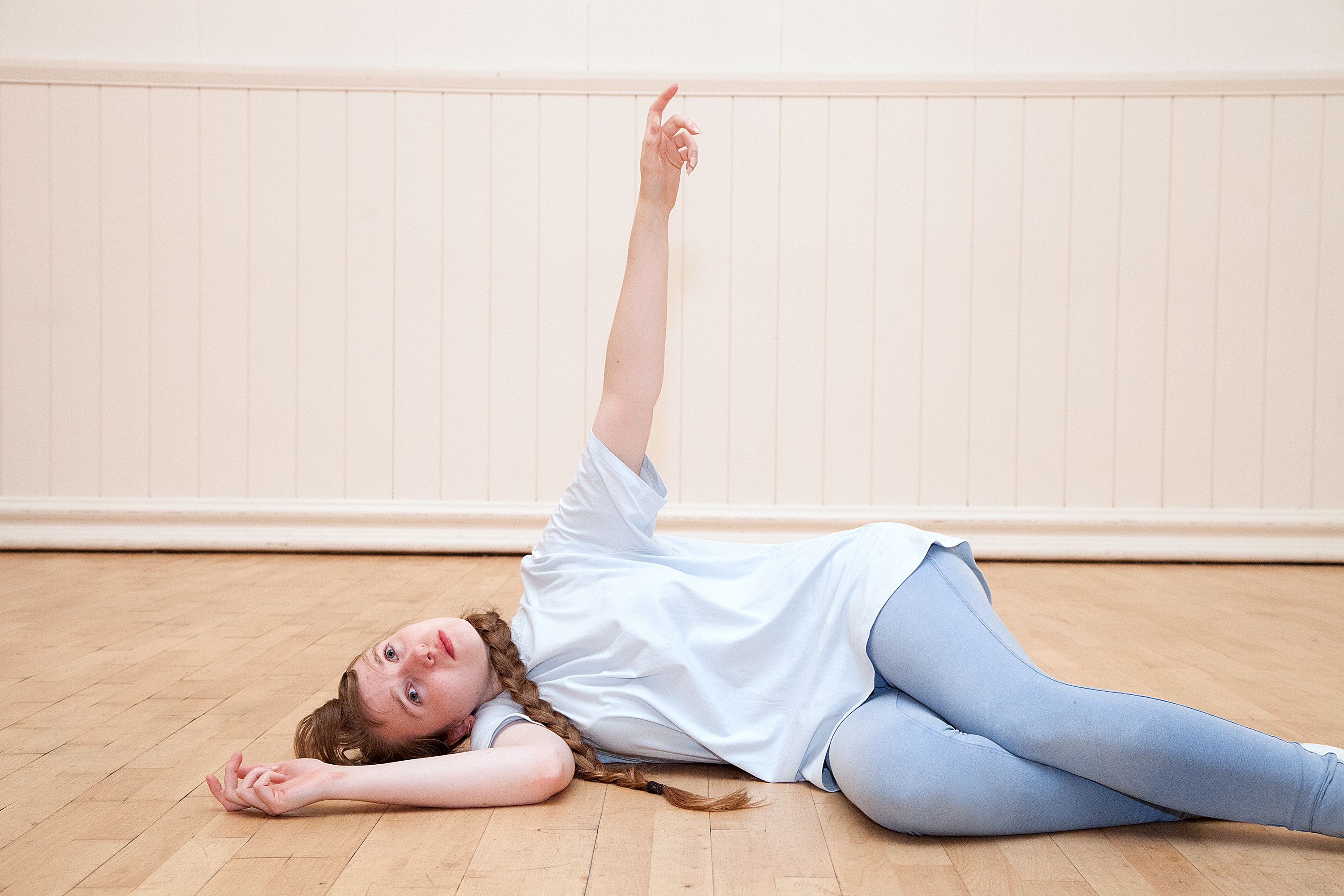 Fig.
Fig.
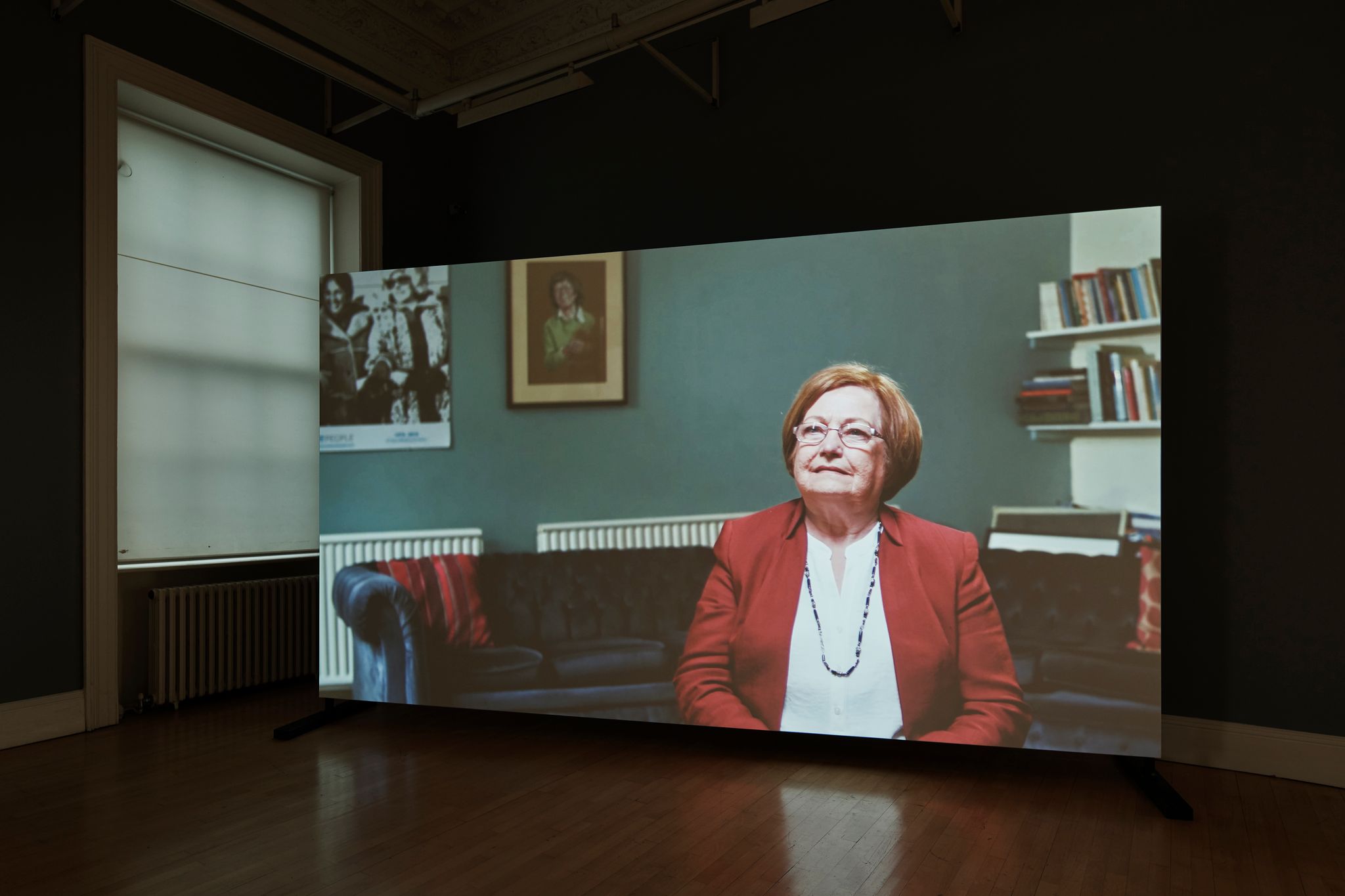 Fig.
Fig.
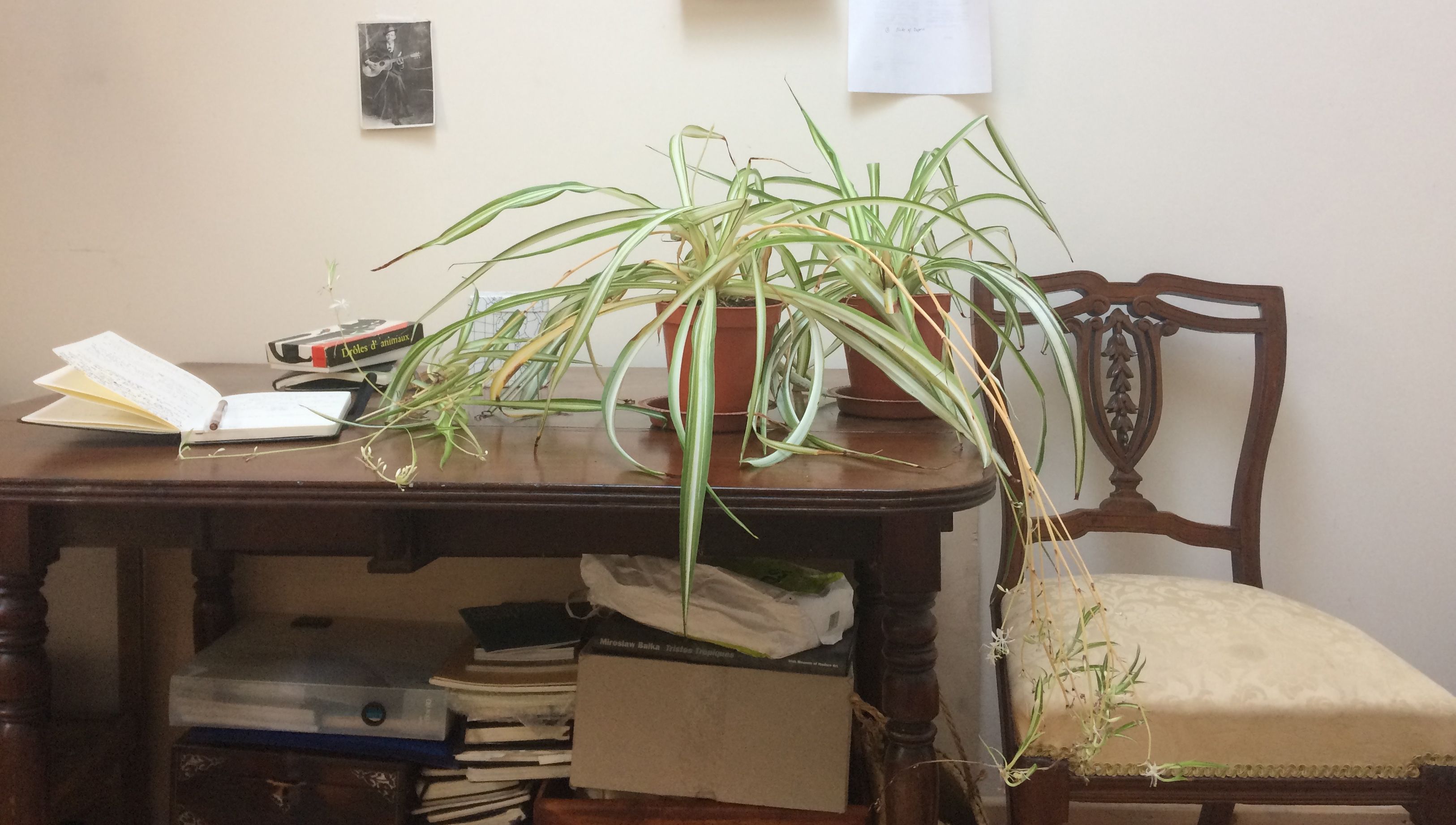 Fig.
Fig.
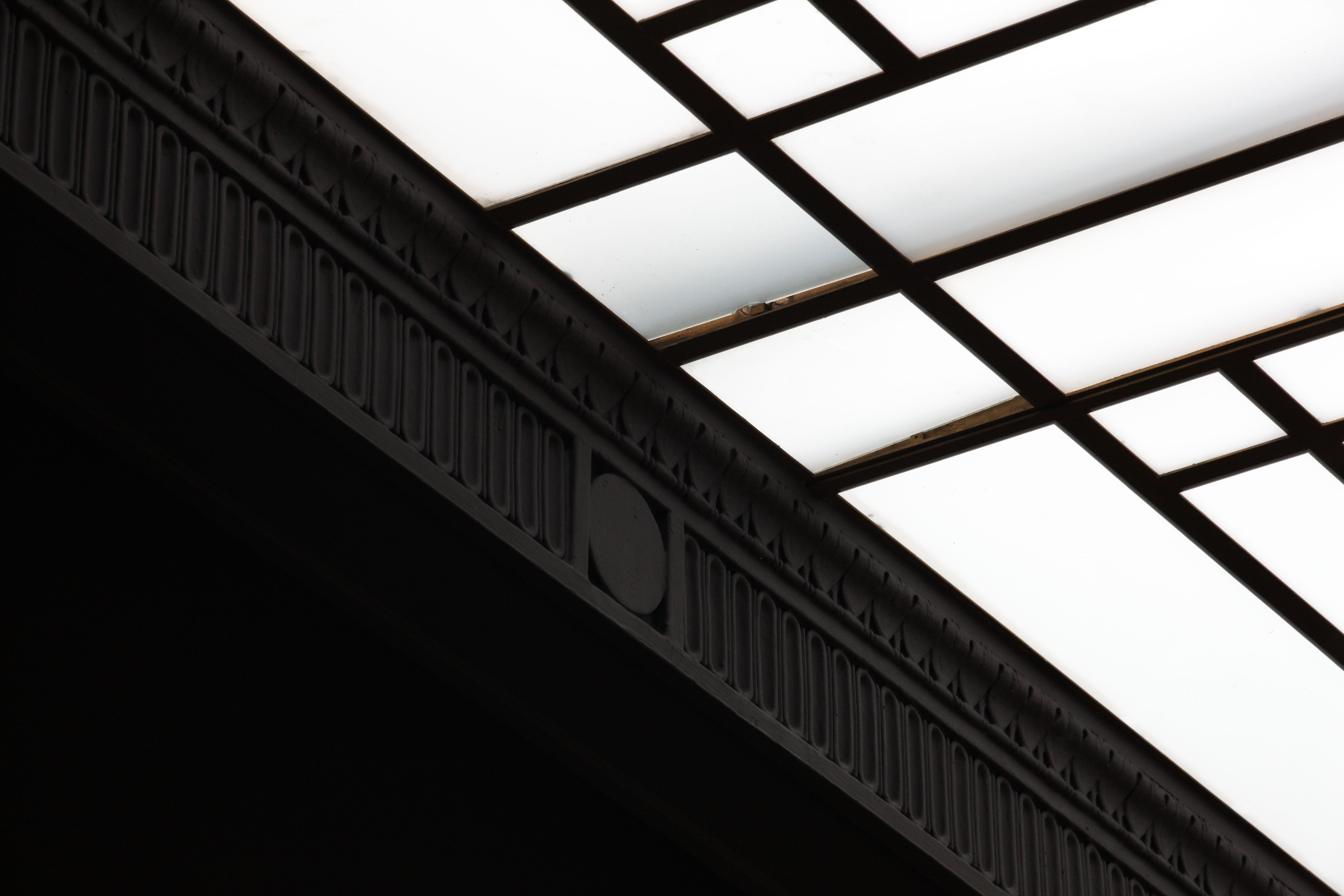 Fig.
Fig.
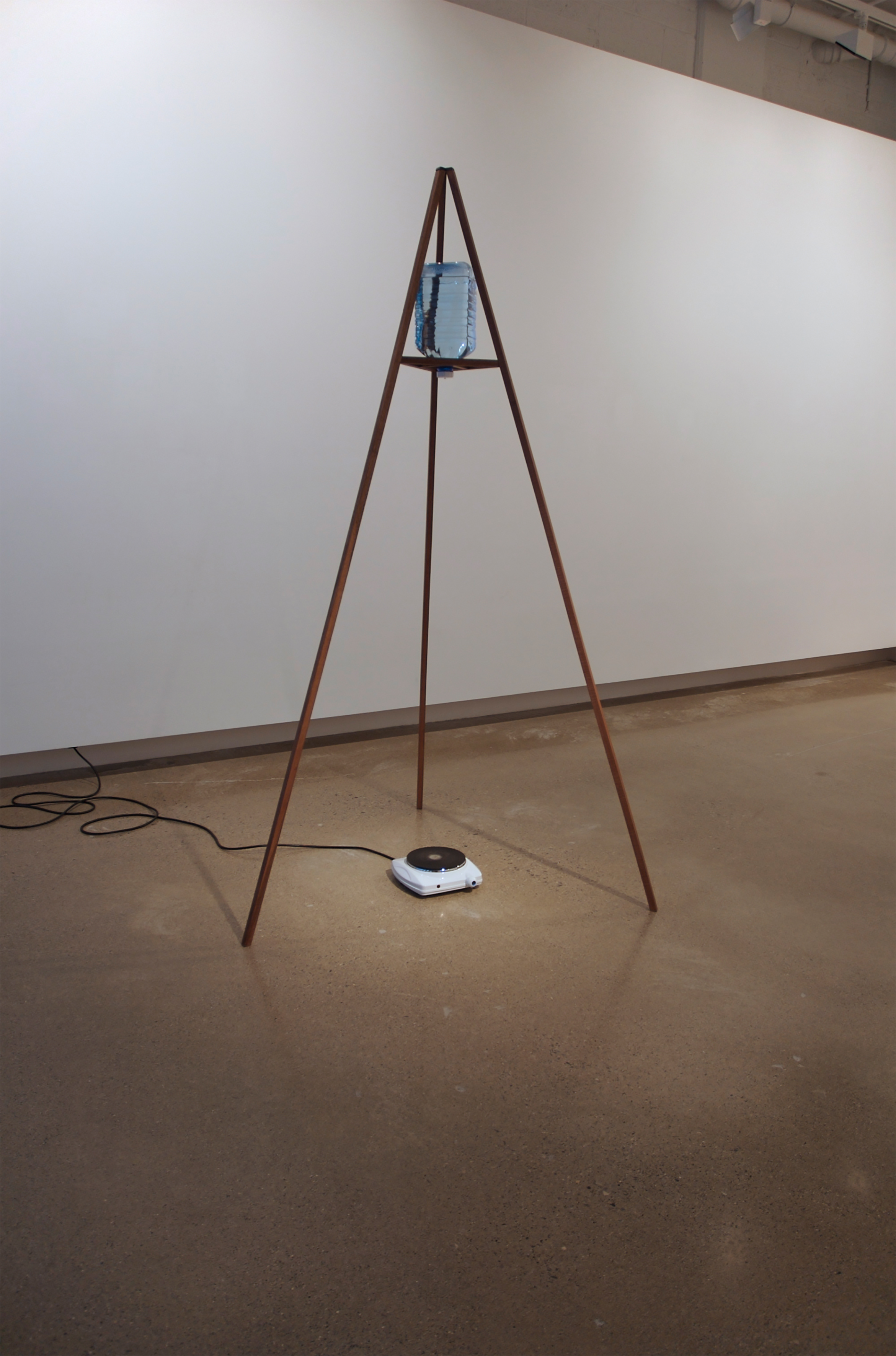 Fig.
Fig.
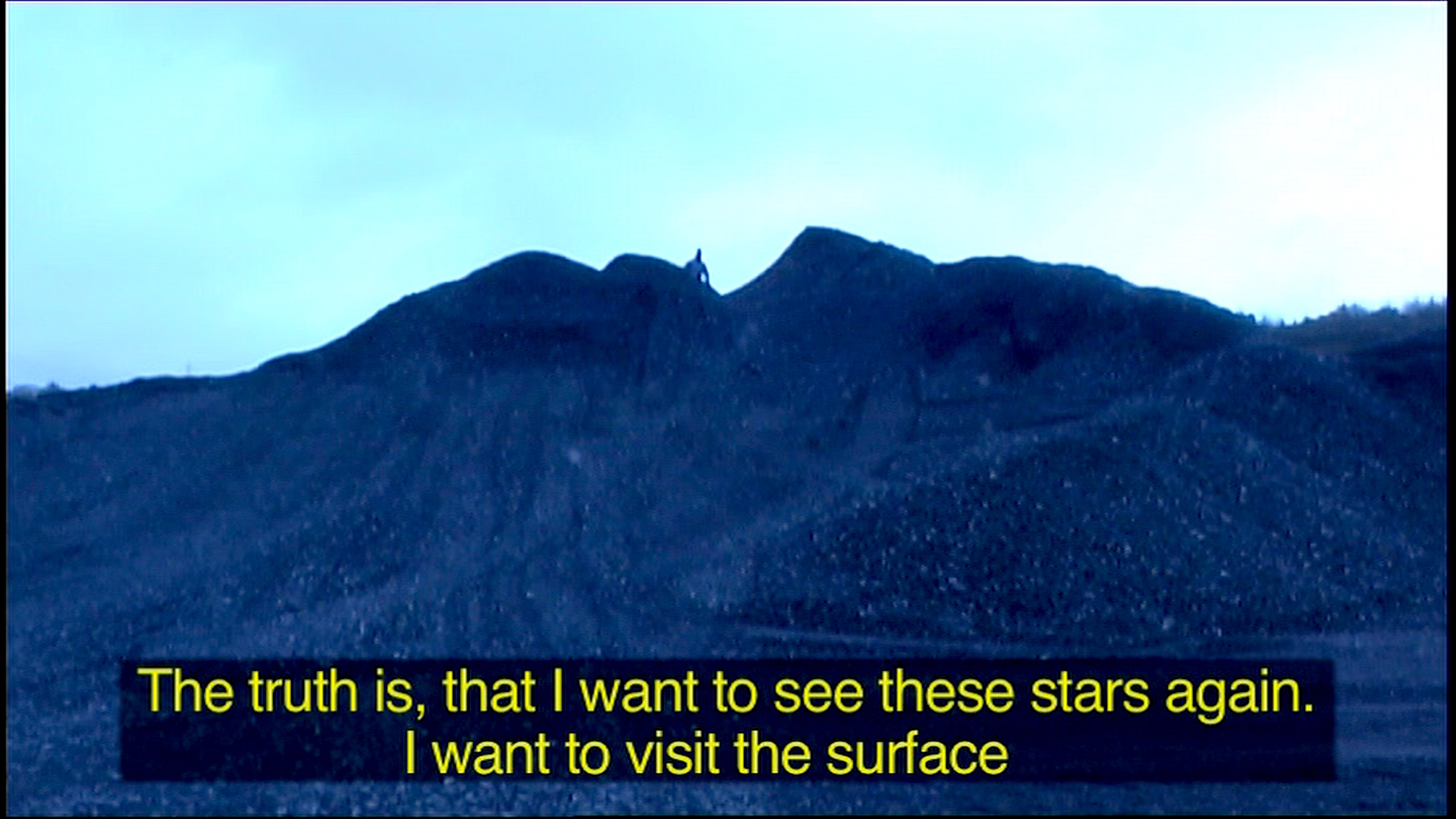 Fig.
Fig.
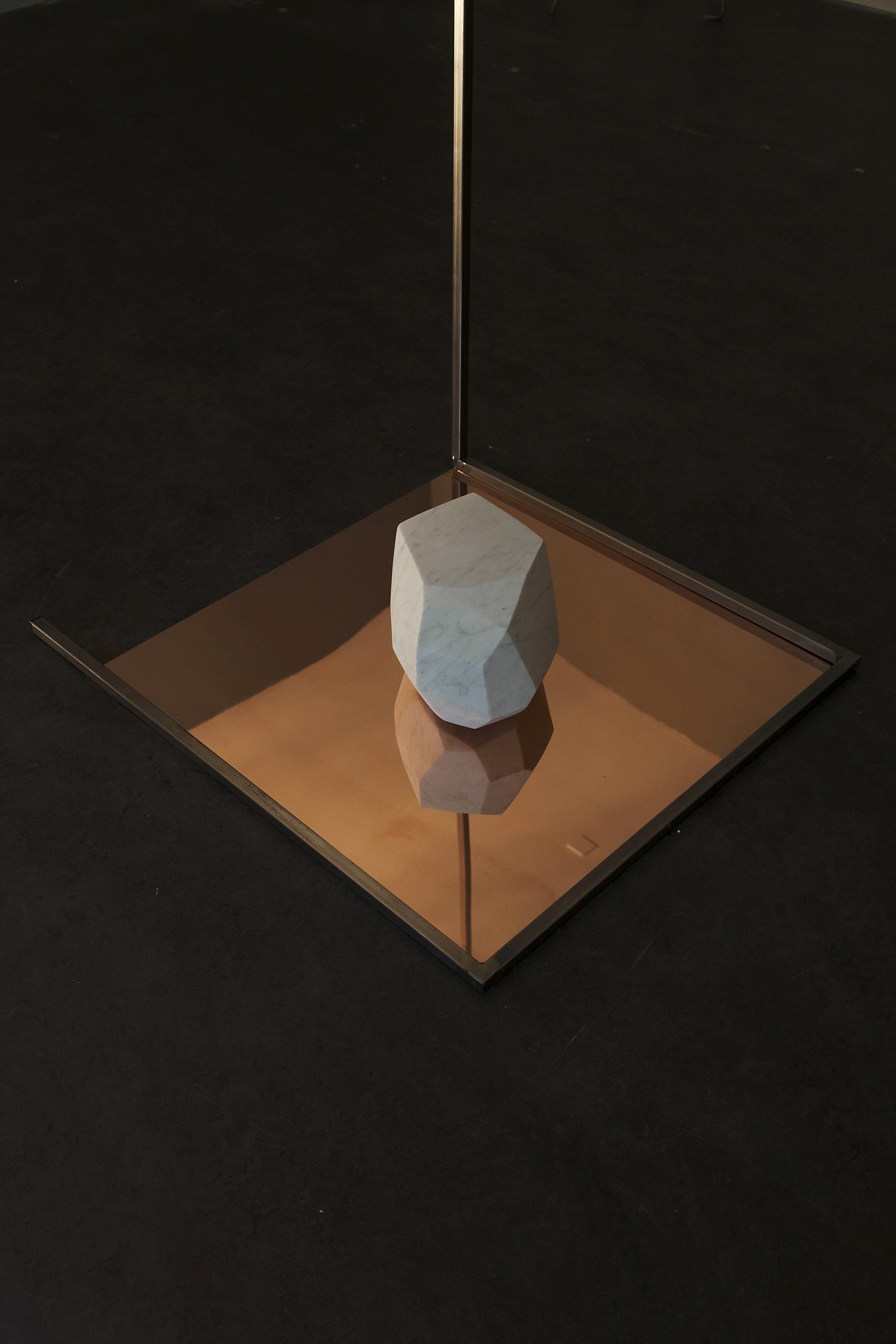 Fig.
Fig.
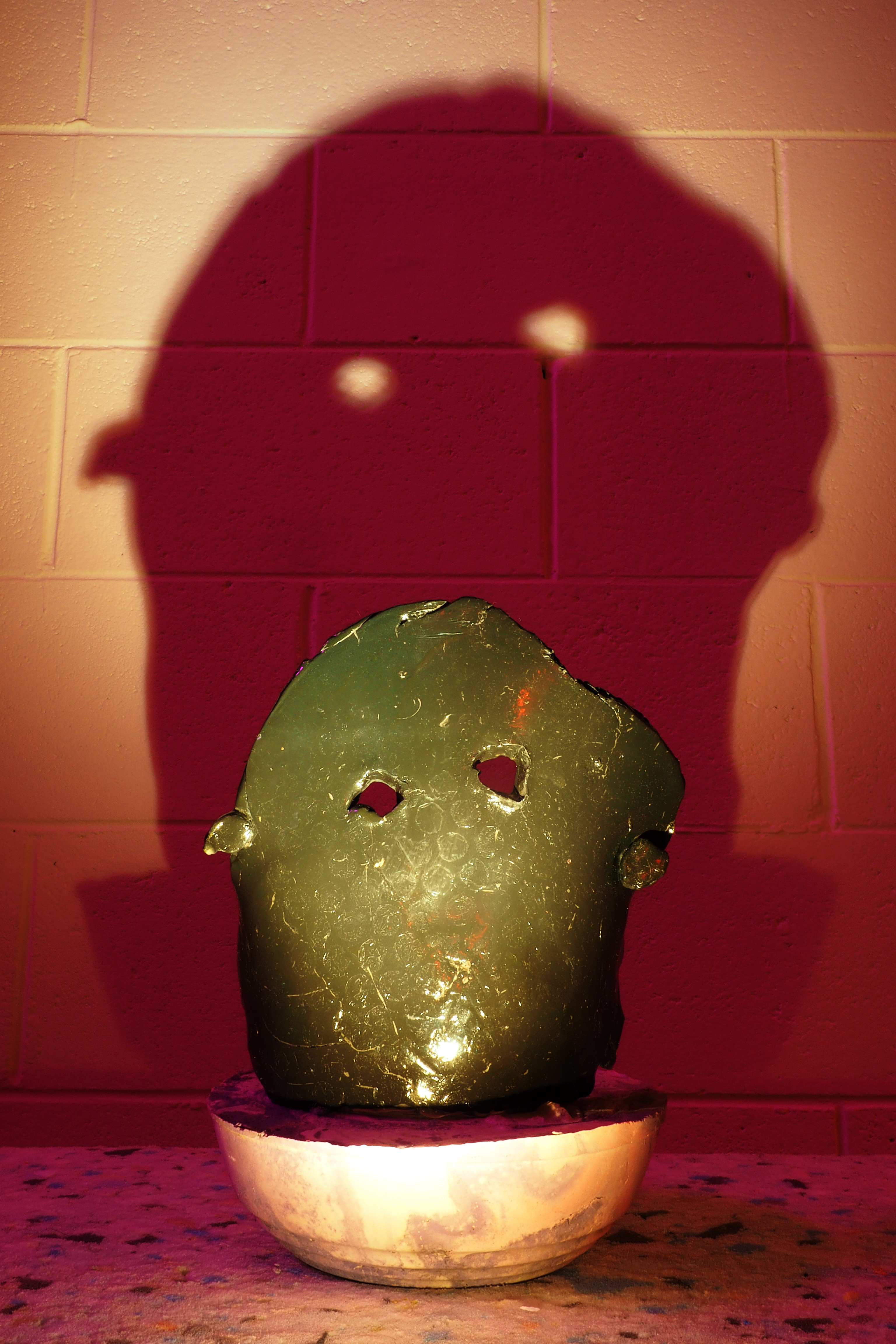 Fig.
Fig.
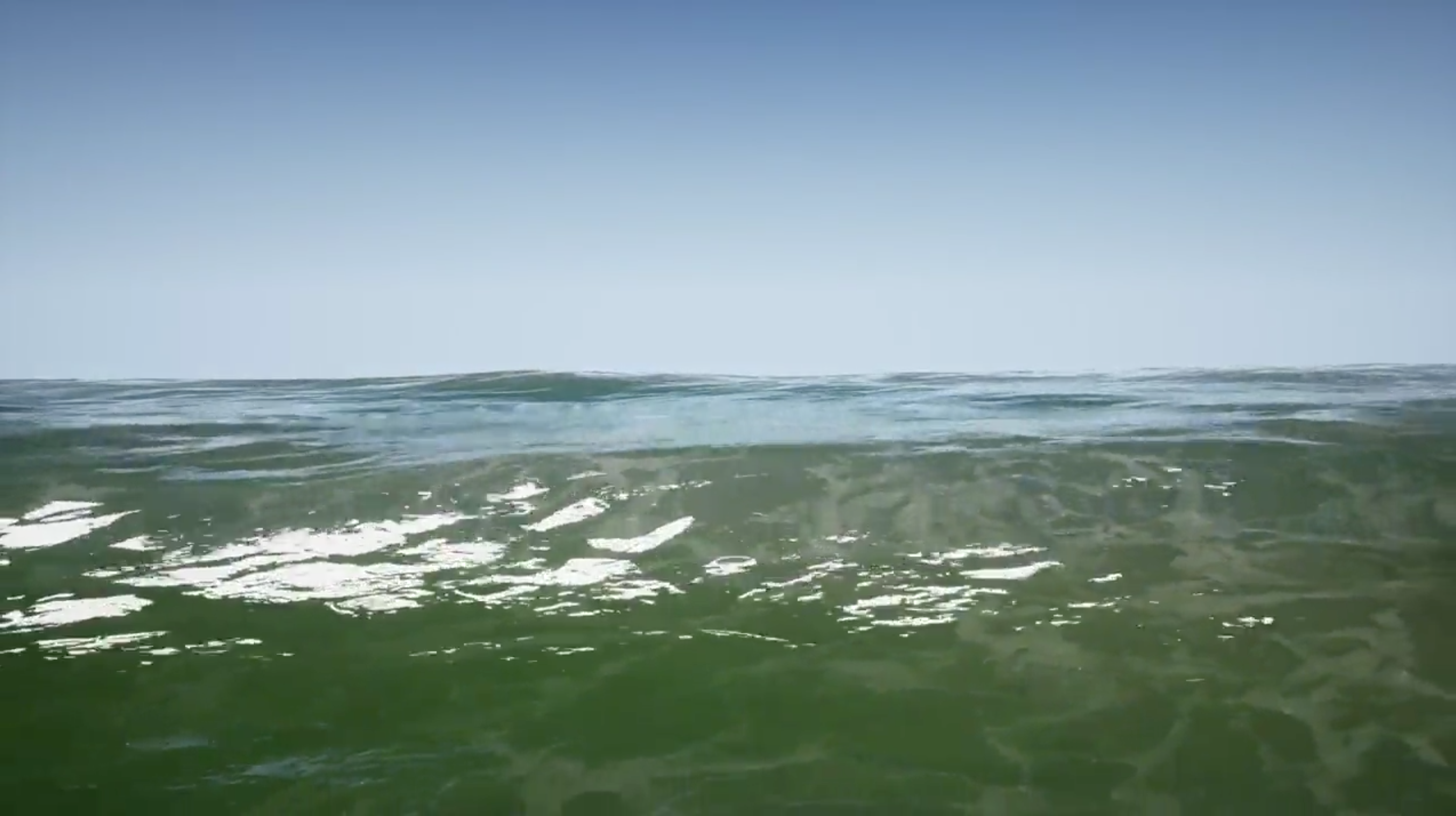 Fig.
Fig.
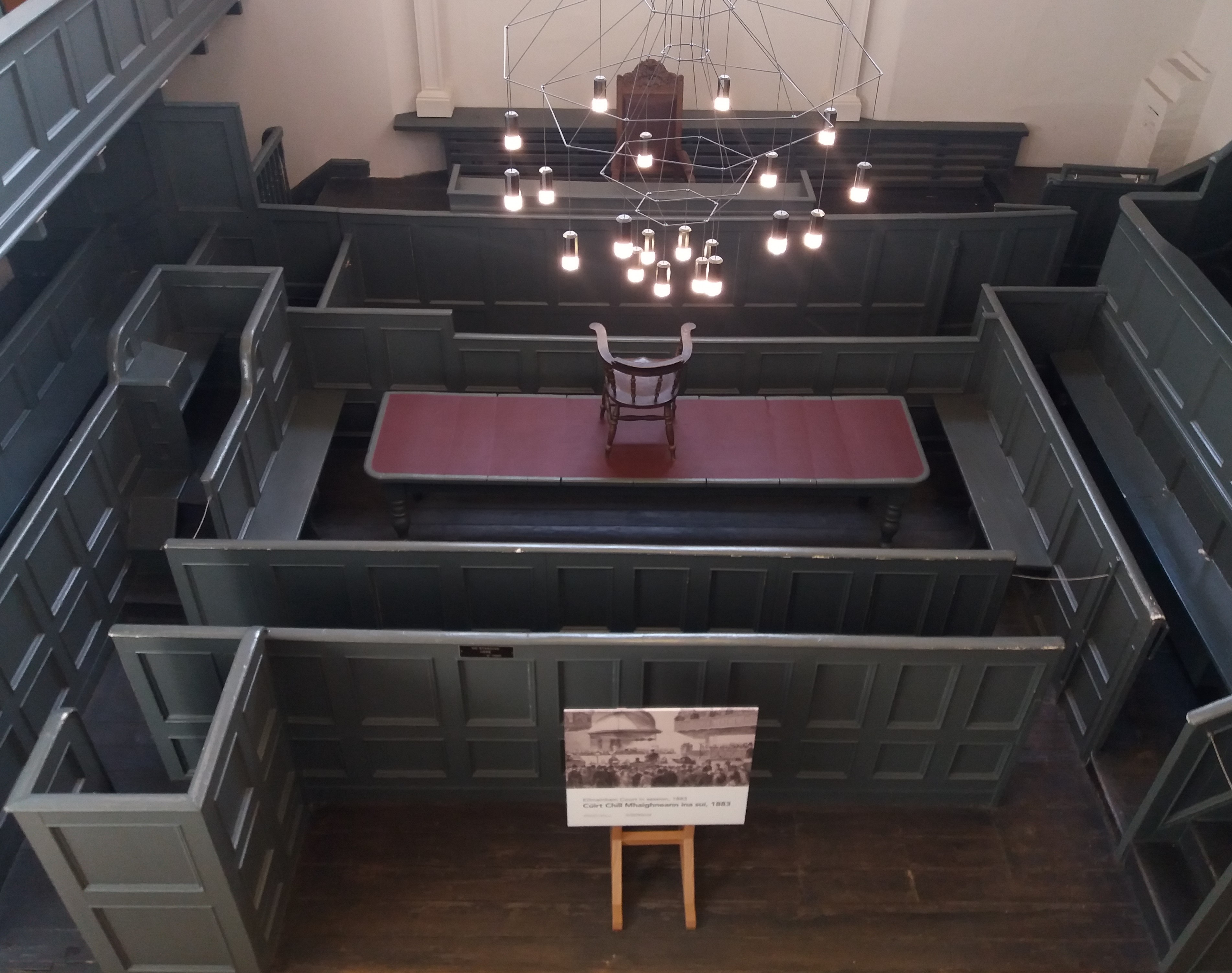 Fig.
Fig.
 Fig.
Fig.
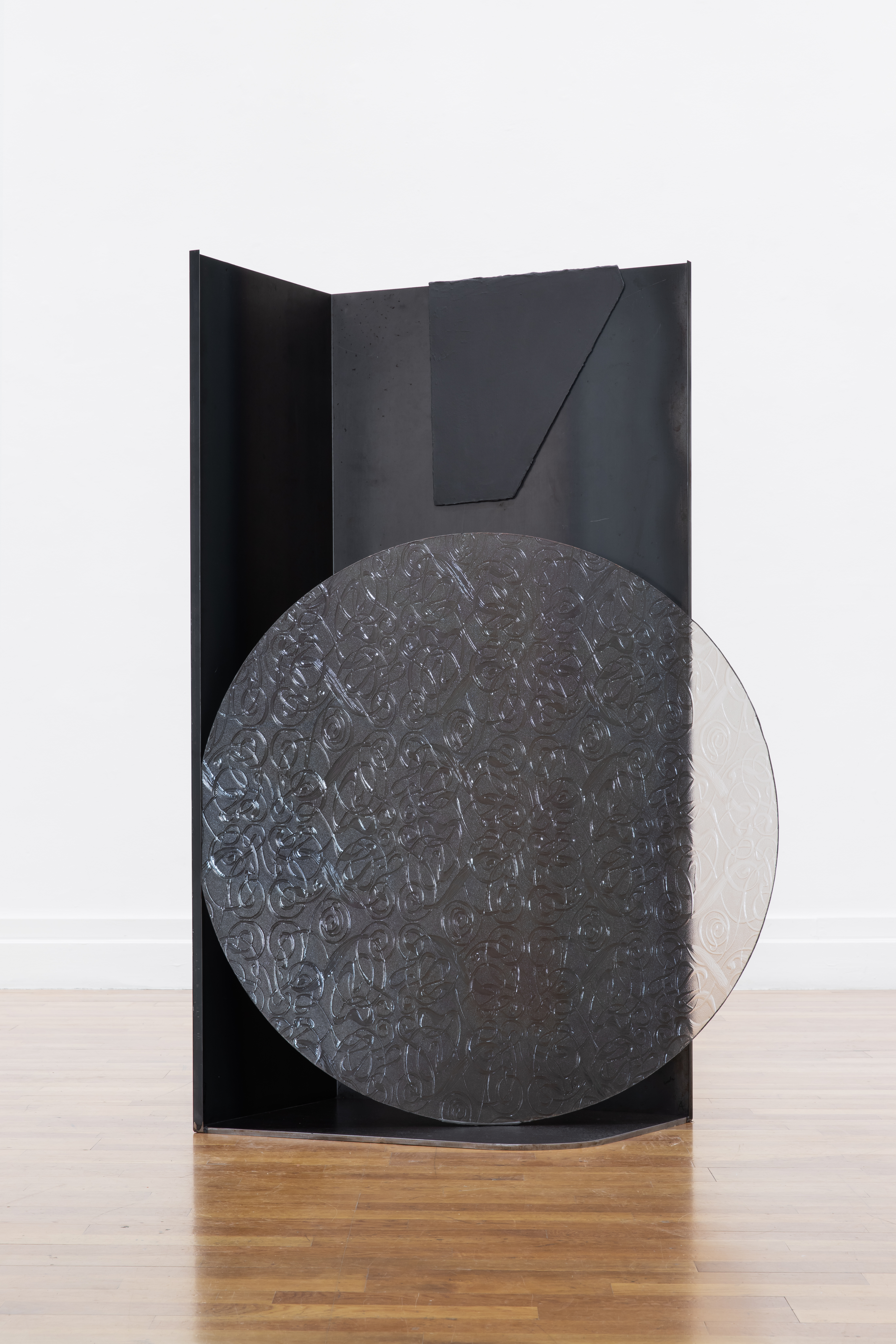 Fig.
Fig.
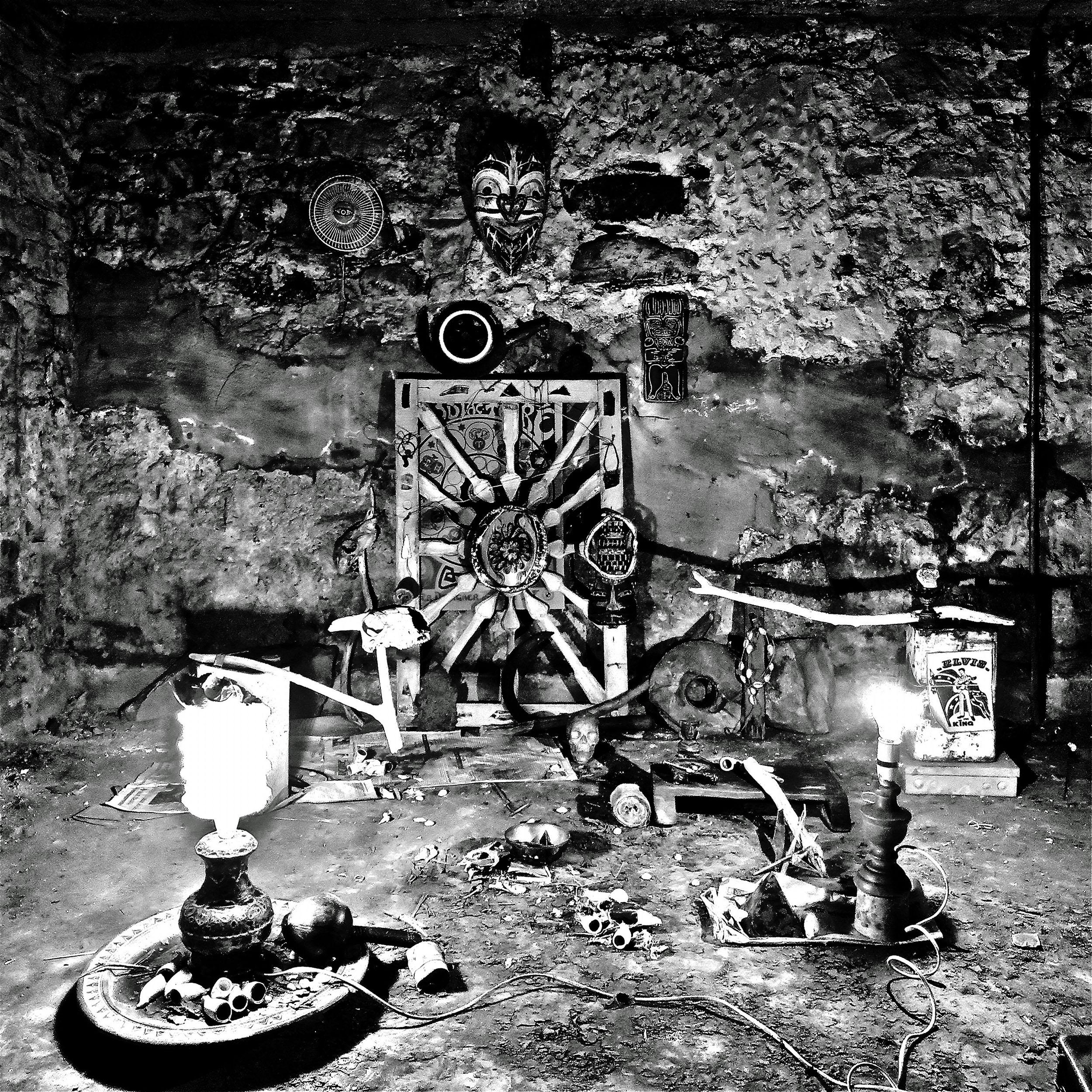 Fig.
Fig.
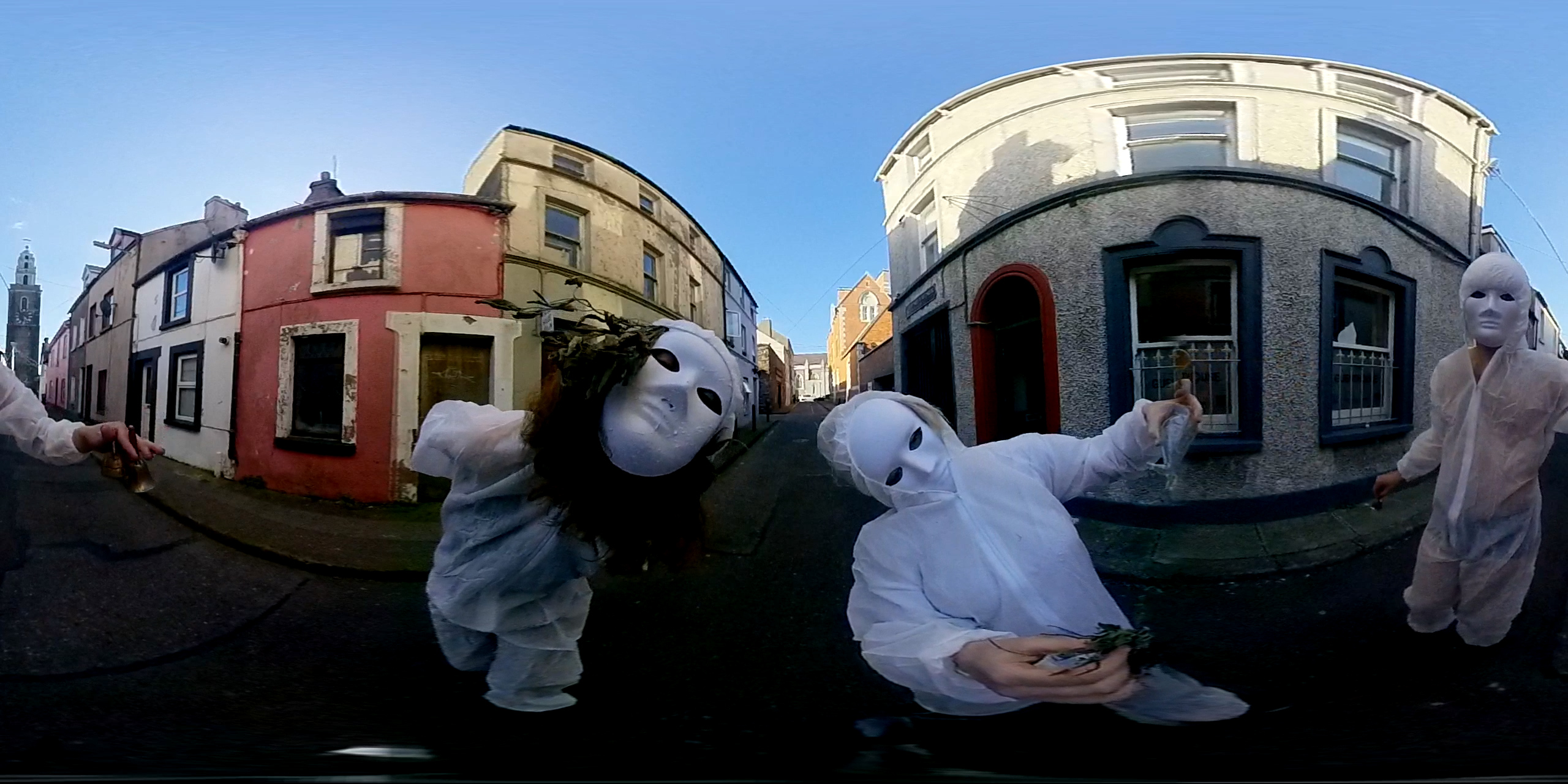 Fig.
Fig.
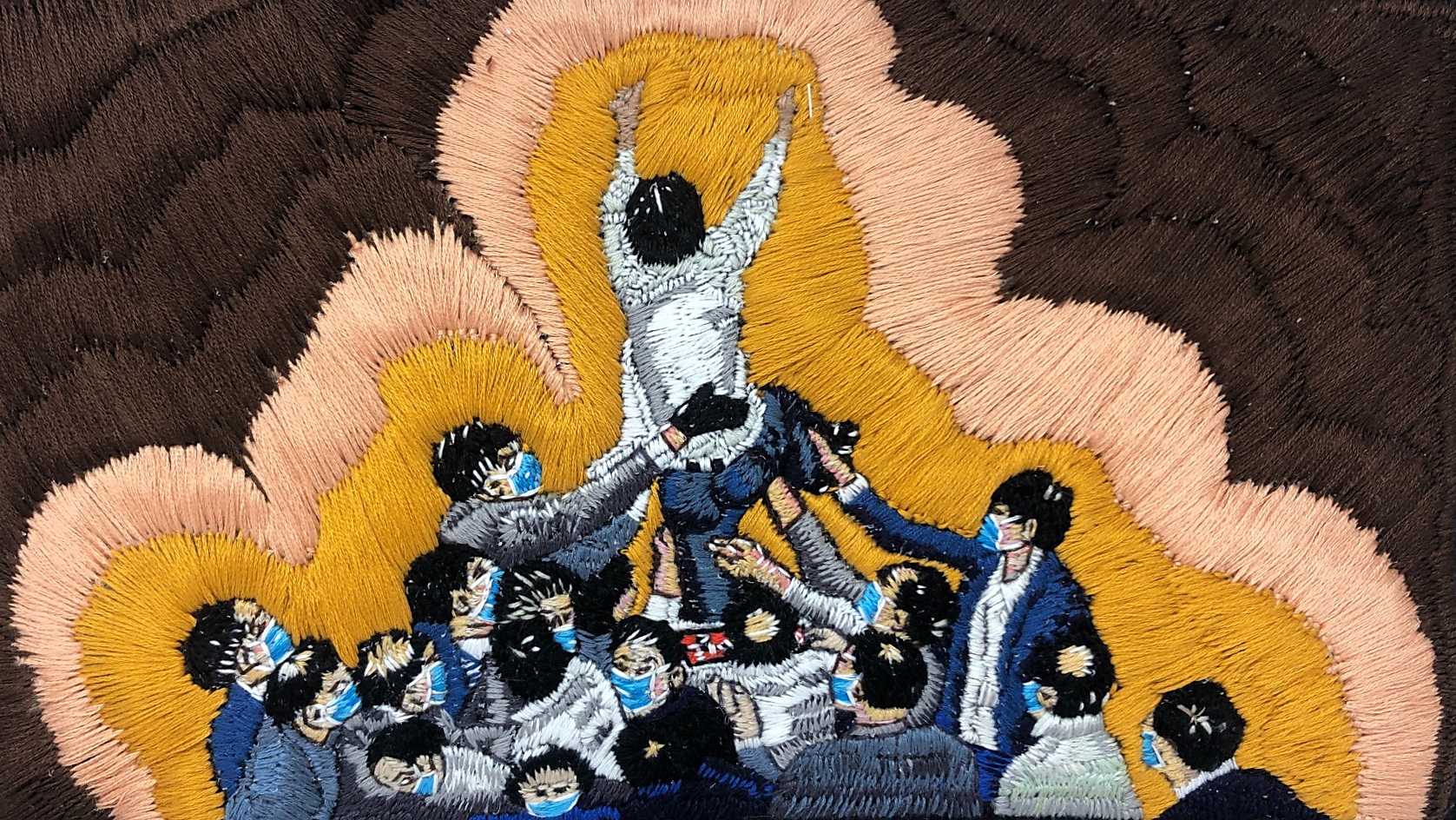 Fig.
Fig.